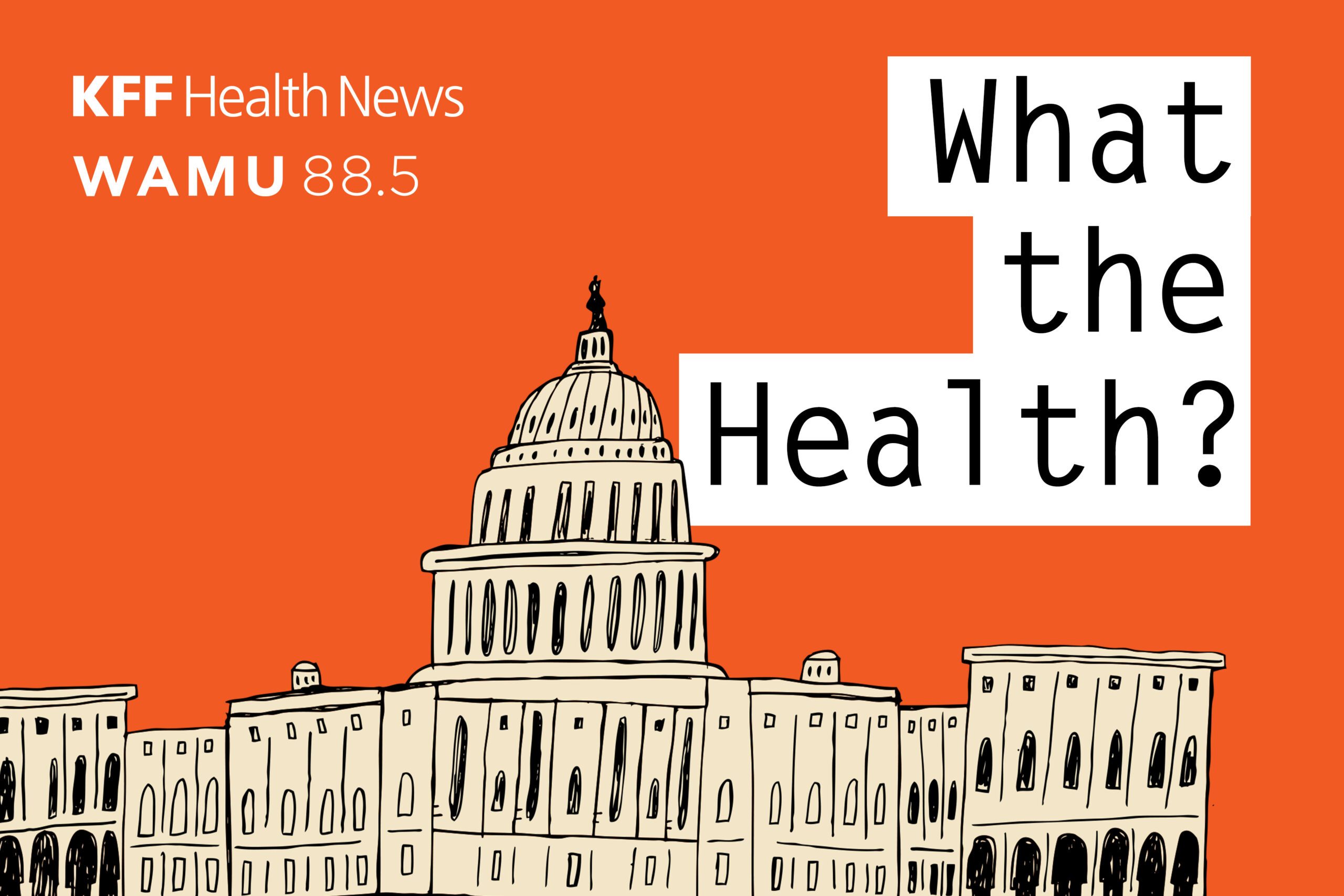Stringent rules limiting opioid prescriptions were relaxed today in what appears to be a major U-turn.
The Centers for Disease Control and Prevention (CDC) issued the rules to curb unnecessary and ‘dangerous’ prescriptions in 2016.
But many doctors say the curbs caused ‘significant harm’ to patients and unable to access the medication they need.
The agency today rowed back on the guidelines, insisting they were never meant to be taken as law.
Campaigners said they ‘applaud’ the agency’s decision saying the shift would help ‘curb the unintended consequences of the past’.
About 40million American adults, or 17.6 per cent, suffer from severe pain every year, estimates suggest.

Opioid prescriptions increased fourfold between 1999 and 2010 in the United States.


Alaska is predicted the biggest increase in overdose deaths, at 43.82 per cent (burgundy). It was the only US state to have an increase of 40 per cent or more. Eight states have predicted decreases between April 2021 and April 2022


The above graph shows the CDC estimates for the number of deaths triggered by drug overdoses every year across the United States. It reveals figures have now reached a record high, and are surging on the last three years
Opioid painkillers which can be addictive — even when used under doctors’ orders — were blamed for the rise in US drug overdose deaths that began two decades ago.
But they have now been overtaken by other substances on the black market, such as illicit fentanyl.
CDC officials said today their new guidelines would ensure patients got ‘compassionate’ and ‘safe’ care for their pain.
They are also now recommending that those receiving higher doses of opioids should not have these abruptly stopped.
Instead, they say these patients should be gradually tapered off the drugs.
They released a draft of the updated guidance this February, and received more than 5,500 comments from both patients and medics.
Last year the American Medical Association urged the agency to scrap its 2016 guidelines.
Which stringent rules were relaxed?
Guidelines on prescribing opioids were today relaxed.
The Centers for Disease Control and Prevention (CDC) had brought them in to curb America’s drug epidemic.
But over the last few years drug deaths have ticked up to a record high even as prescriptions have tumbled.
Below are the changes they made:
- No longer suggests trying to limit opioid treatment for acute pain to three days;
- No longer suggests the specific recommendation that doctors avoid increasing dosage to a level equivalent to 90 milligrams of morphine per day;
- For patients on higher doses, doctors should not abruptly halt treatment unless there are indications of a life-threatening danger. Patients should be tapered off the drugs.
Source: | This article originally belongs to Dailymail.co.uk
Original Article










